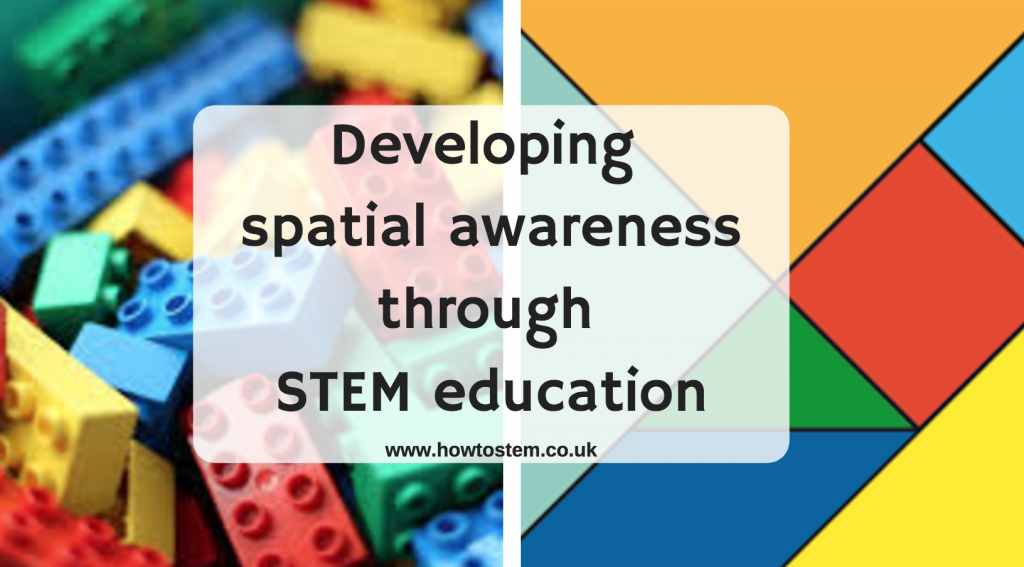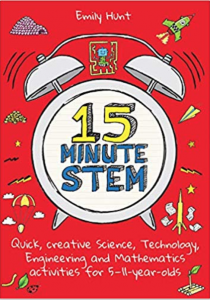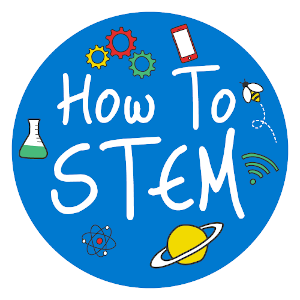
STEM skills open the door to a wide variety of exciting career paths including some of the highest paid and most in-demand jobs in the country. What’s more, the demand for STEM graduates is only set to grow. Spatial awareness is recognised as an important skill needed to perform well in STEM careers. For example, pilots need to use spatial thinking to fly a plane, architects and engineers to design buildings and surgeons to navigate the body.
What is spatial awareness?
Spatial awareness is part of our overall perception. It is the ability to see and understand the relationship between shapes, spaces and areas. This includes an awareness of your own body in relation to other objects.
Spatial awareness develops naturally in most children from a young age as they explore the environment around them. As they play with and move objects around, children develop an increased understanding of size, distance and space.
Does an increased spatial awareness improve STEM achievement?
Spatial awareness is important in STEM education and careers as these areas typically involve lots of problem solving. In order to solve these problems, spatial thinking often needs to be applied.
Research is now starting to show that developing a young child’s spatial awareness may help to increase their success in STEM fields in adulthood. Indeed, there are ongoing studies investigating whether low spatial skills explain why some students struggle in specific STEM subjects.
For example, Mathematics involves the use of spatial awareness when looking at concepts such as shapes, area, patterns and sequences. Children who struggle with spatial awareness are likely to find these areas difficult. Researchers discovered that by improving spatial awareness, students can become better at maths as a whole (Cheng & Mix 2014, read the report here).
Spatial Awareness and Gender Differences
Historically males have performed better in spatial awareness tasks than females. Indeed, sex differences in spatial ability are well documented but they are still not fully understood. We know that the idea that spatial ability is fixed is simply not true. However, we also know that there are a greater number of men in STEM careers. Research shows that boys show more of a preference for spatial awareness toys than girls. For example, many boys enjoy playing Minecraft and building Lego models. The BBC documentary ‘No More Boys and Girls: Can Our Kids Go Gender Free’ (Aug 2017) discusses the basis of these gender differences.
Spatial Awareness STEM Games for Children
Although educators recognise the importance of spatial awareness, it is a skill that is seldom taught or monitored in schools. We’ve put together our recommendations for games that enhance spatial awareness and promote STEM education. They would make great activities for children who have finished their work early or for reward time. In fact, why not schedule some time each week to play them? In doing so, you could help to narrow down the spatial awareness gender divide and improve your children’s ability in STEM subjects!

Construction: GoldieBlox
WHY WE RECOMMEND IT: This product is part of a book series and construction set starring Goldie, the kid inventor. The product builds spatial skills, basic engineering principles and confidence in problem solving. It was created by Debbie Sterling, a female engineer from Stanford University. It aims to inspire the next generation of female engineers.
For Amazon.co.uk click here
For Amazon.com click here

Construction: Lego
WHY WE RECOMMEND IT: This classic children’s toy allows them the freedom and creativity to build whatever they want. In addition to being fun, following instructions to create a lego model has been found to be a great way to develop spatial skills.
For Amazon.co.uk click here
For Amazon.com click here

Puzzles: Tangram
WHY WE RECOMMEND IT: The 7 piece tangram puzzle is the world’s oldest and most well known silhouette puzzle. As children recreate the figures in the booklet, they will not only build on their understanding of shape but also increase their spatial awareness by manipulating objects.
For Amazon.co.uk click here
For Amazon.com click here

Puzzles: Tetris
WHY WE RECOMMEND IT: Tetris is an addictive way to develop spatial awareness. The game improved eye-hand coordination and colour and shape recognition. Children must get all the blocks back together on the board with different solutions each time.
For Amazon.co.uk click here
For Amazon.com click here

Paper Folding: Origami
WHY WE RECOMMEND IT: Paper folding is an excellent way for children to develop fine motor skills and spatial reasoning. It is also a fun way to teach symmetry.
For Amazon.co.uk click here
For Amazon.com click here

15min STEM
WHY WE RECOMMEND IT: ’15-Minute STEM’ is packed full of quick, easy-to-resource STEM activities, all of which help to develop spatial awareness in children. Some of our faves are the marshmallow challenge, newspaper towers and paper plane bullseye. For Amazon.co.uk click here. For Amazon.com click here.
Other Ways to Increase Spatial Awareness
- Classroom Games: ‘I Spy’ and ‘Simon Says’ are a great way to develop spatial awareness and language. Play a game of ‘Robots’: an item is hidden nearby. The child acting as the robot has to find it by following directions such as ‘walk three steps to the left’, ‘look under the table’. This game develops spatial language.
- Outdoor Games: playing marbles or bowls helps to develop judgement of space. Activities such as throwing beanbags into hoops help children to judge distances. Participating in obstacle courses helps children develop an awareness of their body in the space around it.
- Outdoor Play Equipment: this also helps to develop gross and fine motor skills.
- Map Reading: activities involving maps help children to gain an increased understanding of the objects and space around them.
Further Reading
- ‘Finding the Missing Piece: Blocks, puzzles and shapes fuel school readiness’ (Verdine et al, 2014) click here
- ‘Spatial Thinking and STEM Education: When, why and how? (Uttal et al, 2012) click here
- ‘How Much Can Spatial Training Improve STEM Achievement?’ (Uttal et al, 2015) click here




